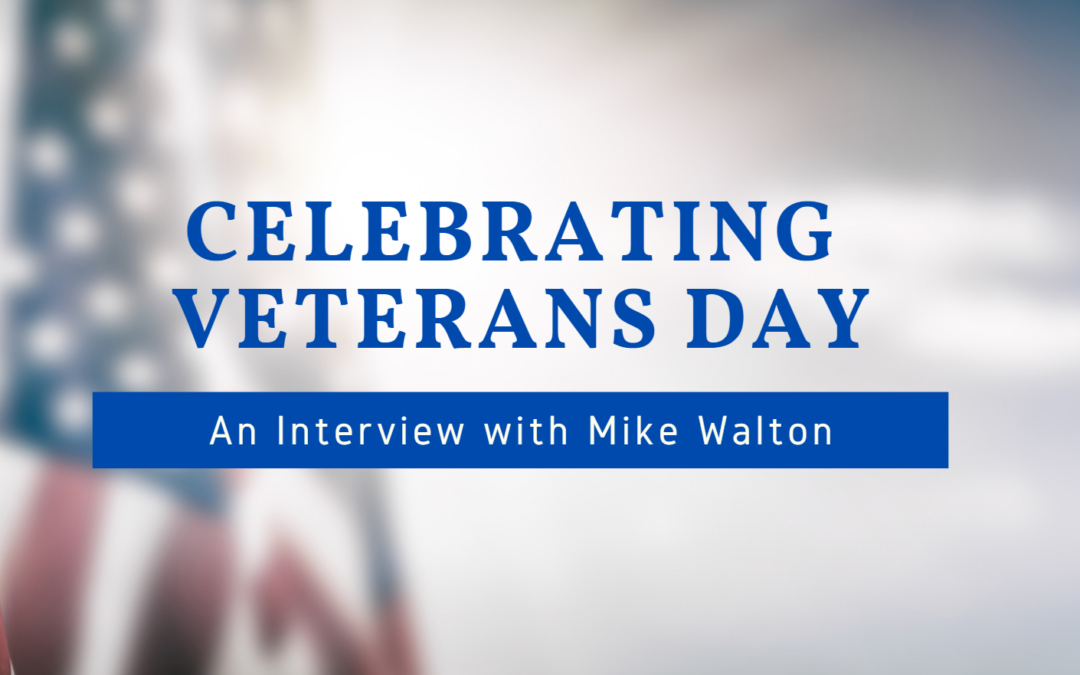We took some time recently to catch up with Mike Walton, TA Manager with Nortek and a Marine Corps veteran. We met Mike seven years ago when we placed him in a TA role with Tricor Braun. Mike served in the Marine Corps in the mid-90s and also spent some time serving with the Focus Marines Foundation to help transitioning vets. What follows is Mike’s story of what led him to the Marine Corps, an important lesson he learned as well as advice for not only transitioning vets but any job seeker who may be discouraged right now.
B: What impacted your decision to join the military and how did you choose your branch?
M: My grandfather served in the Marine Corps during WW2 and was stationed in the South Pacific. He had a lot of medals and was a multiple purple heart recipient. He was able to see and do things that most others would not and that really had a lasting impression on me. He also suffered from PTSD but at that time it wasn’t really talked about or treated the way that it is today. He passed away when I was ten years old, and he really was the model in my mind in my early 20s when I enlisted. I have all of his medals and purple hearts, and a really neat pencil sketch of his arrival back in the U.S. in Oceanside, CA. I really treasure these memories still today.
B: What do you remember most about your service? Was there anyone who really made an impact on you?
M: During my 12-week bootcamp in San Diego, we had to walk 22 miles carrying all of our gear. We started at 5PM and ended at 10AM, but our day wasn’t over. We still had to do our PT for the day. At one point I fell asleep sitting up with my rifle in hand. In my mind I had given up, I couldn’t even think straight. What you have to know to really appreciate this next part of the story is that the drill instructors did everything we did and they were twice our age – I had a lot of respect for them. As this day continued, we were instructed to do push-ups and I got stuck in the up position. My senior drill instructor got down in the push up position with me and said, “You said you’re tired Recruit Walton?” I replied “Yes, sir.” He surprised me by saying, “I’m tired too – don’t quit on me.” My mind needed that convincing and this simple moment got me through the rest of training. He had a profound impact on me and I still remember this example of true leadership today.
B: What was your first job out of the military and what was that process like?
M: When I came back to St. Louis I had no idea what I wanted to do. I responded to an ad in the newspaper for a recruiter position with Adams Mark Hotel. I was fortunate to have a great mentor in my boss, and from there my career projected into different roles in Talent Acquisition throughout the years. I didn’t really have a strategy at that time but what I do remember (and would encourage) is that you don’t have to have it all figured out, you just need to try/apply.
B: What advice do you have for other transitioning military?
M: The advice I have for transitioning military might also be helpful for any job seeker these days.
- Be very open – don’t silo yourself
- Attend organizations that are there to help
- You don’t have to know what you want to do!
- Know that the first step is the hardest step
- Educate yourself about the process of finding a job
- Consider who you know and take advantage of informational interviews
- Just keep at it and don’t give up
Thanks to Mike for sharing some of his story and we encourage you to listen and learn from the veterans around you, too.
SHRM Resources for Employers
We also wanted to take an opportunity to share some information from the Society of Human Resource Management (SHRM) on veteran hiring.
“Many companies have implemented hiring programs focused on veterans over the past decade, not only because it’s the right thing to do but also because of the leadership and problem-solving skills these individuals can bring to an organization. Many are trained to handle stress and think on their feet, two attributes typically sought in job candidates.
But the transition from the military to a civilian workforce isn’t easy. Many veterans stay only a year or so in their first civilian job before moving on.
In recent years, however, the federal government, as well as nonprofits and private companies, have worked to provide a smoother transition for service members who leave the military and seek civilian employment.
“The VA [Veterans Affairs Department] and Defense Department are really addressing transition, and that’s a great boon for us,” says Laura Schmiegel, head of military and veteran affairs at consultancy Booz Allen Hamilton, based in McLean, Va. Without the transition programs, “veterans can feel there is a mismatch between their skills and the jobs they take.”
Free Guidebook: The Recruitment, Hiring, Retention & Engagement of Military Veterans
This free SHRM Foundation guidebook will help employers better understand the value veterans bring to their workplace and how to engage and integrate veterans within their organizations.
Earn your free Veterans at Work Certificate from SHRM
Created for HR professionals, this new education program from the SHRM Foundation will focus on best practices to attract, hire, and retain veterans. Participants will earn a Certificate after completing a multi-faceted program that includes:
- Content review
- Online training
- Brief quizzes
- Pre- and post-participation surveys
The basis for the content review will be the SHRM Foundation’s new guidebook, The Recruitment, Hiring, Retention & Engagement of Military Veterans, which includes:
- A business case for hiring military and veteran candidates. This easy-to-use resource outlines the important role HR professionals and hiring managers can play in the successful transition of veterans from military service to employment.
- Evidence-based guidelines for practice, including case studies implemented by organizations.
- Resources and references to programs and services to augment or support veteran and military hiring initiatives.


Recent Comments